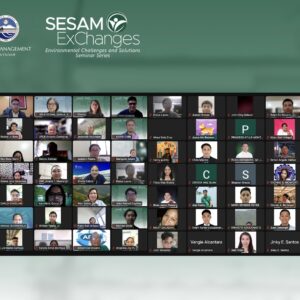Carrying capacity study of Lagadlarin Mangrove Forest featured in SRIS
The Research Division and the Continuing Education and Training Division (CETD) of the School of Environmental Science and Management (SESAM)-University of the Philippines Los Baños (UPLB) held its 4th SESAM Research Impact Series (SRIS) last 27 July 2023 via Zoom and Facebook Live. SRIS highlights methods and impacts of interdisciplinary research of SESAM-UPLB.
This SRIS featured the study entitled “Carrying Capacity Assessment of a Mangrove Forest for Ecotourism Site in Brgy. Lagadlarin, Lobo, Batangas”. This project, led by Dean Rico C. Ancog, was funded by First Gen Corporation, which is one of the leading providers of clean and renewable power in the Philippines.
SESAM Researcher and CETD Head, Forester Sofia A. Alaira said that this project is under the “ridge to reef” principle in which what happens in the upland it affects also the downstream ecosystems such as mangroves. She said the carrying capacity assessment was a six-month project that was completed last June 30. 2023. Forester Alaira, who is the project coordinator and study leader of this project for the biodiversity component, spoke on behalf of Dean Ancog in the opening program.
Mr. Robert Patrick M. Cabangbang, SESAM University Research Associate, said that SESAM Research Division is up for the task to lead SESAM in various environmental issues that we currently face. Mr. Cabangbang said the SRIS has been established as a bi-monthly webinar series to promote and popularized the Schools’ research endeavors. “Its primary goal is to showcase the Schools’ innovative research areas, methodologies and the impact of interdisciplinary integrative environmental studies”, he stressed.
Dr. Eduardo C. Calzeta, Assistant Professor, SESAM and a consultant of the project (forestry and hydrology), presented the background of the study and methods. Dr. Calzeta pointed out the rationale of the project are: its importance through ecosystems services of mangroves and beaches; balancing economic potential and conservation of the ecological integrity of the area; ensuring that the tourism site can accommodate sufficient number of tourists for the livelihood of peoples’ organization while ensuring environmental protection and conversation; and mainstreaming biodiversity in ecotourism.
Dr. Calzeta said the Lagadlarin Mangrove Forest Conservation Area (LMFCA) is a wetland area, which has a 30.41 ha of mangrove and beach. It was declared as a protected mangrove vegetation by the Municipality of Lobo, Batangas in coordination with the Department of Environment and Natural Resources.
Dr. Marisa J. Sobremisana, Associate Professor, SESAM and also a study leader of the project (carrying capacity), meanwhile discussed the results of the computation of the carrying capacity. Dr. Sobremisana said, among those areas considered in the computation are the swimming area, beach area, beach facilities and the LMF bamboo trail.
Dr. Sobremisana said the basic carrying capacity (BCC), which is defined as the maximum number of visitors that can fit into a define space over a particular time. Meanwhile, she mentioned that the potential carrying capacity (PCC) refers to the maximum limit of visits that can be done physically in a day and is expressed as the relationship between the hours of operation for the attraction and the time needed of spent at the site for each visit. Lastly, she added that the real carrying capacity (RCC) is defined as the maximum permissible number of users for an area considering its limiting factors. Based on the computations, Dr. Sobremisana revealed that the total BCC of LMF is 823, while its PCC is 3,516 and its RCC is 822 persons.
In the recommendation portion, Dr. Calzeta mentioned the need for mangrove management and rehabilitation and the LMFCA management of ecotourism to avoid damaging impacts.
For the synthesis and closing message, Dr. Badi Samaniego, Assistant Professor and project consultant, mentioned that carrying capacity is very useful for the local government unit, as well as the peoples’ organization managing the LMF. He mentioned that recently there is an increase on the number of tourist visiting the area, and they identified the need for carrying capacity in order to manage the resources. The carrying capacity may change through time so long as the environment is changing and also it is not applicable to different locations, specific carrying capacity values are applicable to a certain area through space and time”, Dr. Samaniego stressed
There were more than 130 attendees via Zoom and Facebook live in this 4th SRIS webinar.







